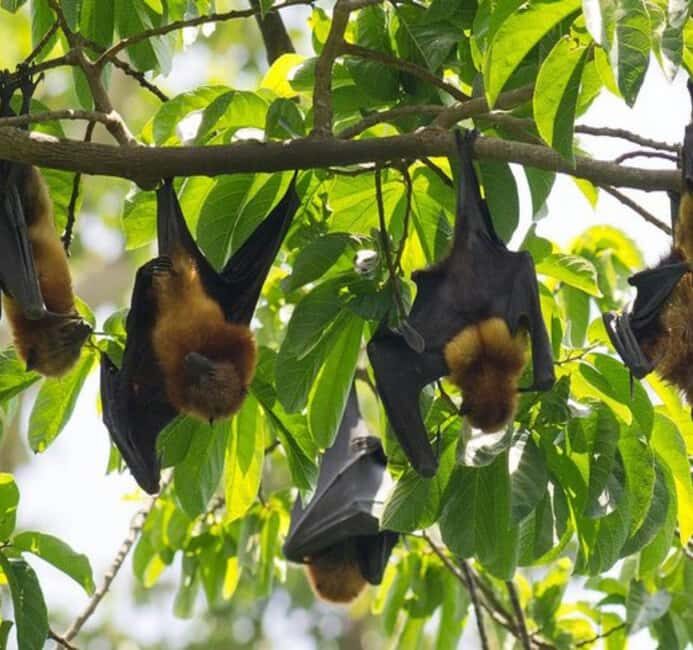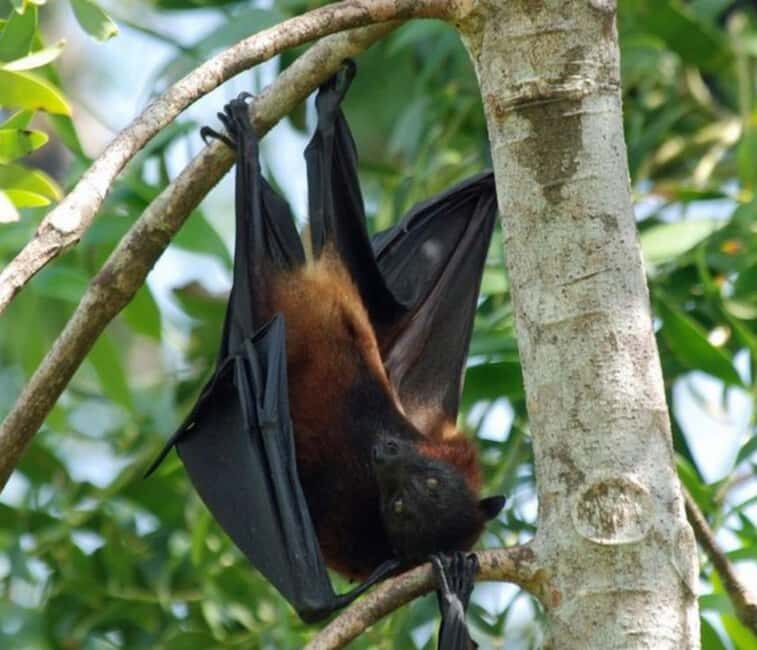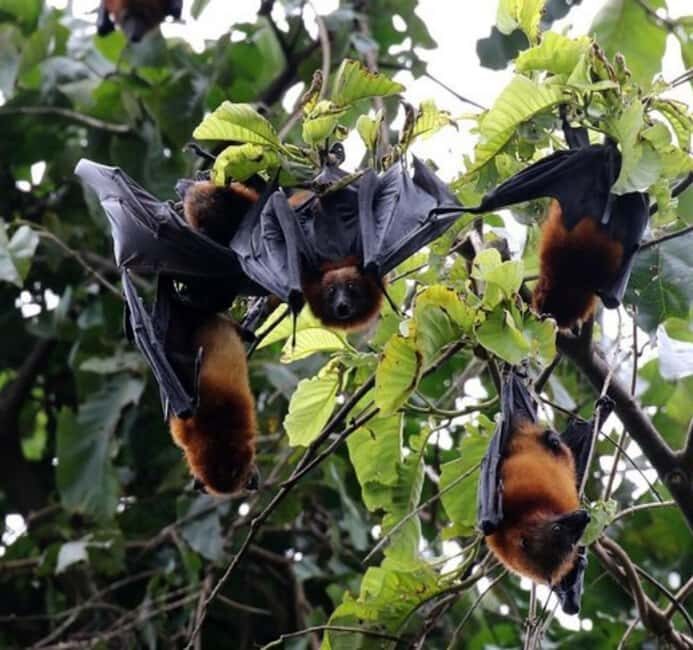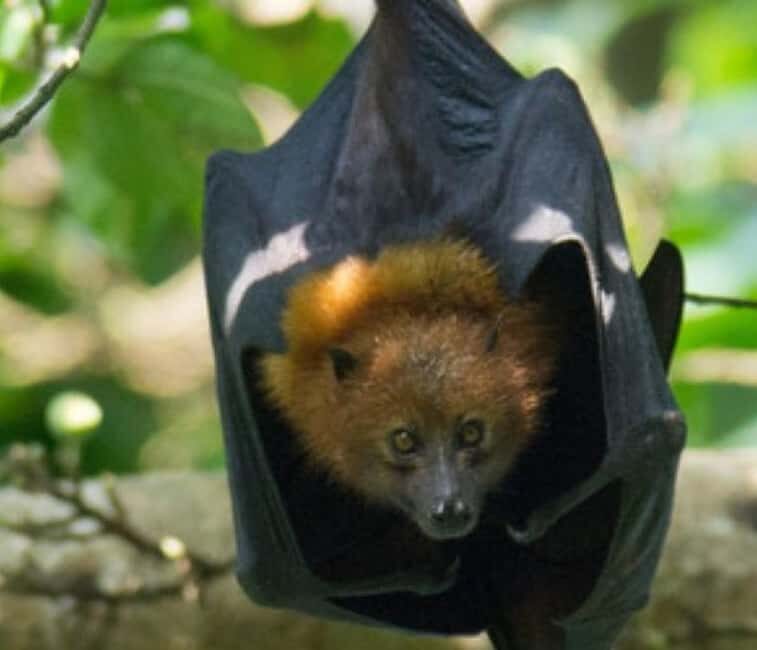If you’re traveling to Pemba Island and have a soft spot for wildlife or unique ecological experiences, the Pemba Flying Fox Tour might just be your next highlight. While it’s not a typical safari or snorkeling trip, it offers a rare opportunity to see one of the largest and most endangered bats in the world — the Pemba flying fox. Guided by passionate local conservationists, this half-day activity combines wildlife observation, education, and a touch of local culture.
What we love about this tour is its focus on species conservation, the chance to witness stunning bat colonies up close, and the peaceful natural setting it offers. Plus, the fact that it’s relatively affordable for such a specialized experience makes it a compelling choice. On the flip side, it’s worth considering that the tour is quite short and centered around a specific habitat, which might not suit travelers seeking a more action-packed day. This experience is perfect for nature enthusiasts, birders, wildlife photographers, and eco-conscious travelers eager to support local conservation.
Key Points

- Rare Wildlife: See the Pemba flying fox, with wingspans up to 1.6 meters, in its natural habitat.
- Conservation Focus: Learn about local efforts to protect this endangered species from knowledgeable guides.
- Authentic Experience: Visit the Kidike Flying Fox Sanctuary near Kangagani village, a protected habitat for the bats.
- Peaceful Walks: Enjoy gentle forest walks that offer excellent opportunities for photography and quiet wildlife observation.
- Community Connection: Optional visits to nearby villages highlight how ecotourism supports local livelihoods.
- Inclusive & Flexible: With hotel transfers, bottled water, and sanctuary entry included, the tour offers good value for a half-day activity.
Exploring the Pemba Flying Fox Tour in Detail

Looking for more options in Pemba Island? We've reviewed plenty of other experiences.
An Introduction to Pemba’s Unique Wildlife
The Pemba flying fox (Pteropus voeltzkowi) is exclusive to Pemba Island, making it a true treasure for wildlife lovers. Despite its impressive size — wingspan reaching 1.6 meters — it remains a shy and nocturnal creature, so spotting them in the wild is a special treat. These bats are not just big; they are vital pollinators and seed dispersers, helping sustain the island’s lush forests.
The Kidike Flying Fox Sanctuary
The tour usually takes you to the Kidike Flying Fox Sanctuary, close to Kangagani village. This protected area is crucial for conservation, as the population of these bats had dwindled dangerously close to extinction. Visitors can expect to see hundreds of these majestic creatures roosting in tall fig and mango trees, particularly at dusk when they begin to stir.
Guided by local experts, you’ll learn about the behavior, diet, and ecological importance of the species. Guides like local conservationist Peter or others involved in the sanctuary’s upkeep are often praised for their enthusiasm and knowledge, making the experience both educational and engaging.
What the Experience Entails
The tour begins with hotel pickup, ensuring a hassle-free start. Once at the sanctuary, you’ll take a gentle walk through the forest, where the canopy provides a natural backdrop for wildlife observation. Some reviews mention that the walk is leisurely and suitable for most fitness levels, with plenty of chances for photography as the bats stretch or groom in the trees.
As dusk approaches, the flight and roosting behaviors become more apparent. You might find yourself quietly observing as the bats take flight, dispersing into the night to feed. The silence and scale of these flying fox colonies are truly awe-inspiring.
More Great Tours NearbyLearning about Conservation and Local Impact
One of the most appreciated aspects of this tour is the educational component. Guides often share stories about how local communities and conservation projects worked together to revive the flying fox population. Some visitors noted that learning about how ecotourism supports nearby villages adds a meaningful dimension to the experience, making it more than just wildlife gazing.
- Snorkeling At Misali Island
- Kojani Island: SHOBE Dance Tour with Workshop & Tastings
- Zanzibar: Dolphins at Mnemba, Turtle Aquarium &Sunset cruise
- THE GREEN TOUR: Jozani Forest & Mangrove kayaking experience
- Zanzibar: Stone Town Walking Tour & Spice Farm with Lunch
- Zanzibar: Jozani Forest, Spice farms, & Prison Island
Optional Village Visits
Depending on the tour package, there may be an optional stop at local villages. This gives travelers insight into how ecotourism benefits residents and the environment, making the tour an opportunity for cultural exchange as well.
Practical Details & Value
At $170 per person, the tour offers good value considering the unique nature of the activity, the expertise of guides, and the inclusion of hotel transfers and sanctuary entry fees. It’s a half-day commitment, typically lasting around 4 hours, which makes it easy to slot into a broader Pemba itinerary.
Considerations & Tips
- Timing is key: the best views of the bats happen around sunset, so plan accordingly.
- Photography can be challenging due to low light, but steady hands and a good camera can capture some memorable shots.
- The tour is suited for most ages and fitness levels since it involves a walk through a forested area.
- Since food isn’t included, consider bringing snacks or eating before or after the activity.
Who Should Consider This Tour?

This experience is ideal for eco-conscious travelers eager to support conservation efforts while witnessing a rare species. It also appeals to wildlife photographers, birders, and those interested in biodiversity. If you prefer active adventure or a full-day itinerary, this might feel a bit limited, but for a peaceful, educational glimpse into Pemba’s natural world, it hits the mark.
FAQ

Is transportation provided for the tour?
Yes, hotel pick-up and drop-off are included, making it a hassle-free experience from your accommodation.
How long does the tour last?
The tour typically takes around 4 hours, including travel time, walking, and wildlife observation.
What is included in the price?
The fee covers hotel transfers, bottled water, and entry to the sanctuary. Food is not included, so plan accordingly.
Can I photograph the bats?
Yes, you can take photos, especially during the dusk roosting and flight, though low light conditions may require a steady hand or a camera with good low-light performance.
Are guides knowledgeable about conservation?
Absolutely. Guides are local conservationists who share insights into the species and ongoing efforts to protect the bats.
Is the walk suitable for all ages?
Yes, the walk is gentle and suitable for most fitness levels, including children, making it a family-friendly activity.
What should I bring?
Bring a camera, binoculars if you have them, a flashlight for walking in low light, and some snacks if you’d like.
Do I need to book in advance?
Yes, booking ahead is recommended, but you can reserve with the option to pay later, offering flexibility.
Is this experience offered in multiple languages?
Yes, guides speak English, French, Swahili, and Arabic, accommodating a range of travelers.
Final Thoughts
The Pemba Flying Fox Tour offers a one-of-a-kind chance to see some of the world’s largest bats in their natural habitat, all while learning about conservation efforts that protect these incredible creatures. It’s a peaceful, informative experience that elevates your understanding of Pemba’s rich biodiversity and how local communities are working to preserve it.
Suitable for wildlife lovers and eco-enthusiasts alike, this tour provides a meaningful connection to the natural world without requiring a huge time commitment. Its focus on education and community support adds depth to what might otherwise be just a wildlife sighting — turning it into an impactful travel moment.
If you’re visiting Pemba Island with a curiosity for nature, a love for wildlife photography, or a desire to support sustainable tourism, this tour is well worth considering. Just remember to bring your patience, your camera, and an open mind for one of Pemba’s most special ecological spectacles.
You can check availability for your dates here:More Walking Tours in Pemba Island
More Tours in Pemba Island
More Tour Reviews in Pemba Island
Still browsing? Here are more Pemba Island experiences we've covered recently
- Zanzibar: Jozani Forest,saalam cave and Mtende beach
- Zanzibar: Stone Town and Salam Cave Tour
- Zanzibar: Walking Spice Tour with Tastings
- Zanzibar: Safari Blue with Snorkeling and lunch
- Jozani Forest, Spice Farm, Sea turtles & The Rock Restaurant
- Pemba Island: Spice Farm Tour and Odyssey Oil Experience
- Pemba Island: Rice and Coffee Farm Tour with Tasting
- Zanzibar: Prison Island Tour
- Zanzibar: Spice Farm, Jozani Forest & Butterfly Center Visit
- Zanzibar: Thrilling Jet Ski Adventure at Kiwengwa Beach
- Zanzibar: Mnemba Dolphin Tour & Stone Town Walking Tour
- Zanzibar: Stone Town Walking Tour with Local Guide
